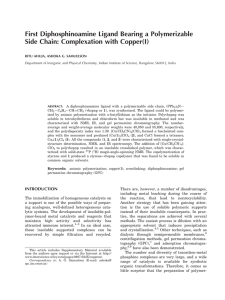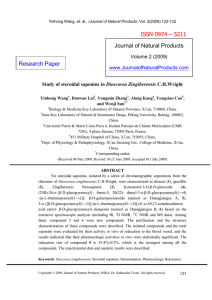1. (selfexplanatory)
advertisement
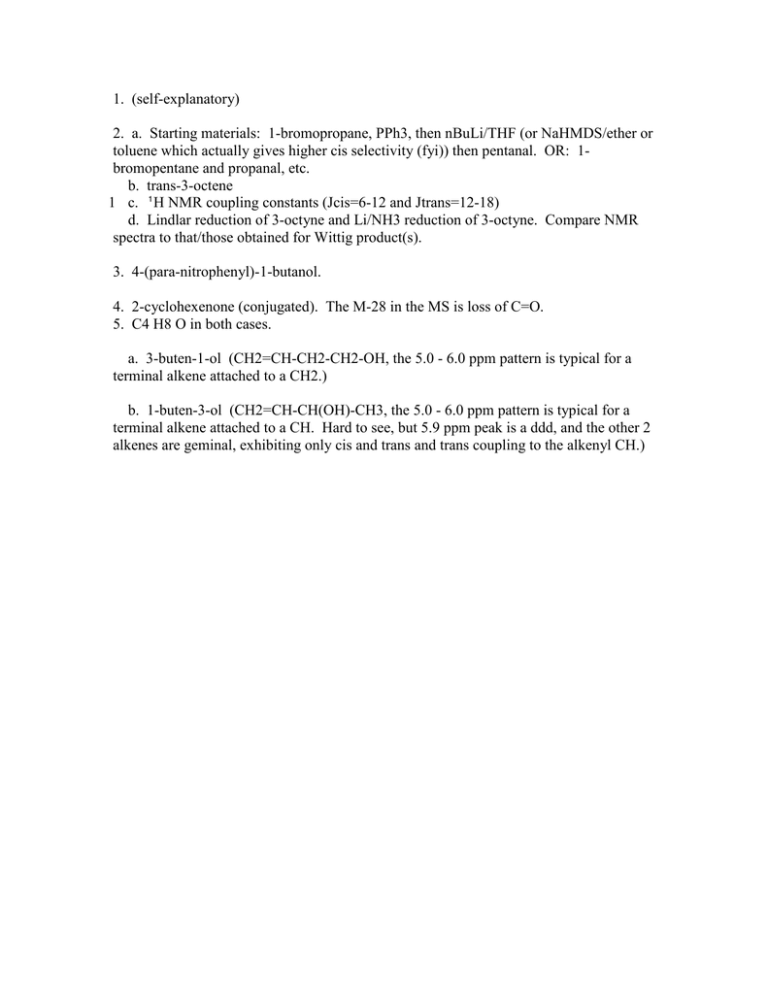
1. (self­explanatory) 2. a. Starting materials: 1­bromopropane, PPh3, then nBuLi/THF (or NaHMDS/ether or toluene which actually gives higher cis selectivity (fyi)) then pentanal. OR: 1­ bromopentane and propanal, etc. b. trans­3­octene 1 c. 1 H NMR coupling constants (Jcis=6­12 and Jtrans=12­18) d. Lindlar reduction of 3­octyne and Li/NH3 reduction of 3­octyne. Compare NMR spectra to that/those obtained for Wittig product(s). 3. 4­(para­nitrophenyl)­1­butanol. 4. 2­cyclohexenone (conjugated). The M­28 in the MS is loss of C=O. 5. C4 H8 O in both cases. a. 3­buten­1­ol (CH2=CH­CH2­CH2­OH, the 5.0 ­ 6.0 ppm pattern is typical for a terminal alkene attached to a CH2.) b. 1­buten­3­ol (CH2=CH­CH(OH)­CH3, the 5.0 ­ 6.0 ppm pattern is typical for a terminal alkene attached to a CH. Hard to see, but 5.9 ppm peak is a ddd, and the other 2 alkenes are geminal, exhibiting only cis and trans and trans coupling to the alkenyl CH.)
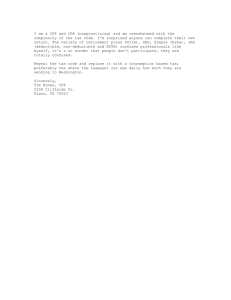







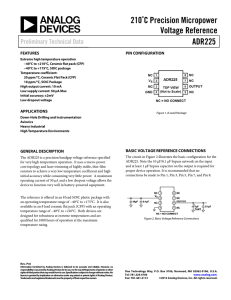
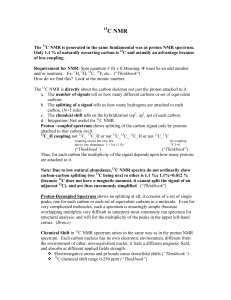
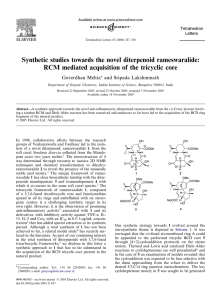
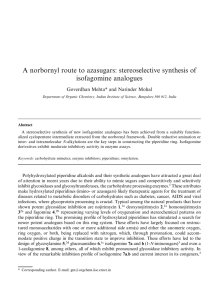
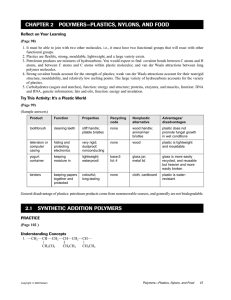
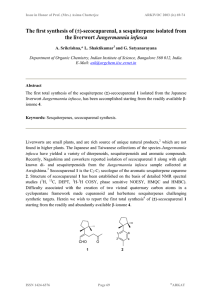
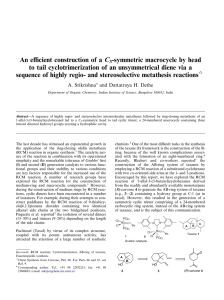
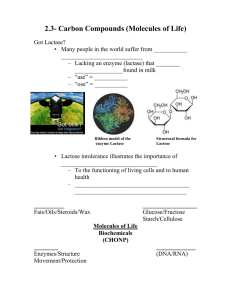
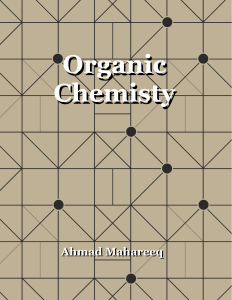
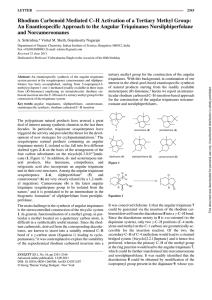
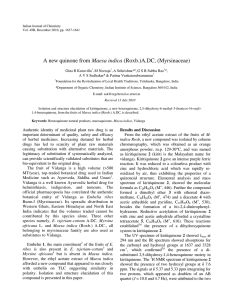
![-Facial selectivities in nucleophilic additions to 4-hetero-tricyclo[5.2.1.0 ]decan-10-ones and ]dec-8-en-10-ones: an experimental and](http://s2.studylib.net/store/data/013771958_1-53f01b1fc7fa500b84e7c93e708ad458-300x300.png)
